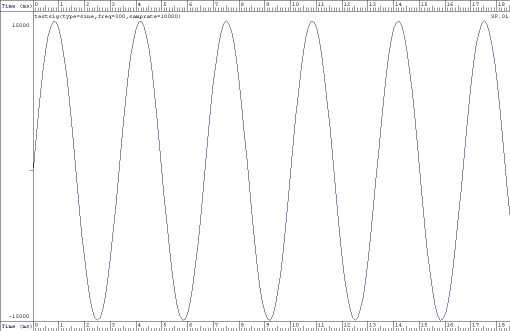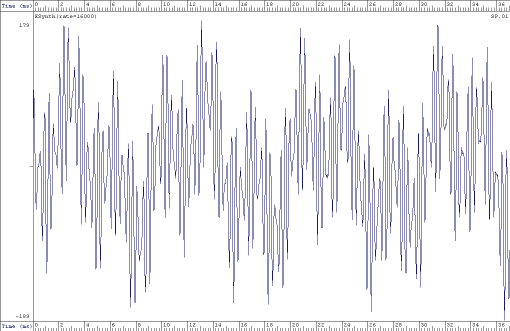


In order to really understand phonetics and phonology, it is extremely helpful – if not even essential – to understand how sounds are physically produced and transmitted from speaker to hearer. We will therefore begin by taking a very brief look at the physical reality behind speech sounds and how their characteristics can be measured and explained.
Speech sounds are vibrations that travel through a medium (usually air) by displacing the molecules of this medium, pushing them against one another so that they move each other along in the direction of the hearer(s). Depending on the consistency of the given medium, the sounds move at different speeds and have varying intensities. This is why we sound differently when we speak under normal circumstances from when we try to talk under water and also why it is completely impossible for speech sounds to travel through a vacuum.
Speech sounds propagate in the shape of waves, similar to the ripples that arise when we throw an object – such as a stone – into the water. The degree of displacement corresponds to the height (amplitude) of the wave. Amplitude in sound waves corresponds to intensity – measured in decibel, or dB for short – which, in turn, corresponds to our subjective impression of loudness.
A pure tone is made up of a single sine wave with a fixed frequency or pitch. This means that each cycle of the wave occurs at regular intervals, so that the same pattern is repeated again and again. The following illustration shows a sine wave with a 300 Hz pitch. Hz is the abbreviation for Hertz, which is the unit in which frequency is measured, so named in honour of the physicist Heinrich Hertz.

However, each speech sound is made up of complex waves, i.e. a complex mix of different frequencies, where it is far more difficult to recognise any regularities, although these often do exist. It is these regularities in the frequency patterns which allow us to first classify the individual speech sounds phonetically and then establish classes of sounds. The illustration below contains the characteristic frequency patterns that are present when we pronounce an /iː/ sound, i.e. the vowel sound that occurs in the English word see as pronounced in the reference accents RP (Received Pronunciation; for British English) and GenAm (General American; for American English), both of which will be discussed in more detail later. In our case, however, this sound has been synthesized, so that it does not quite sound like a natural realisation.

Ashby, M. & Maidment, J. (2005). Introducing Phonetic Science. Cambridge: CUP.
Fry, D.B. (1987). The Physics of Speech. Cambridge: CUP.
Ladefoged, P. (1996). Elements of Acoustic Phonetics (2nd ed.). Chicago: University of Chicago Press.